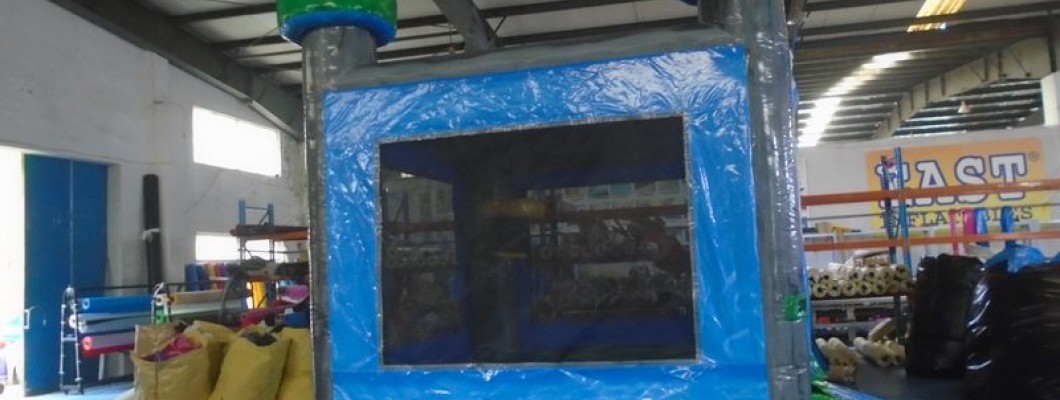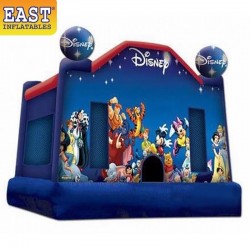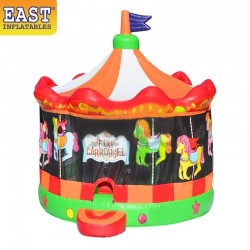
Inflatable products such as bounce houses, water slides, and obstacle courses are popular choices for children’s parties and events. While these inflatables provide hours of fun, there are growing concerns about whether the materials used in their construction could pose health risks, particularly to children. This article examines the potential hazards and provides tips for choosing safer options.
Common Materials Used in Inflatable Products
The majority of inflatable products are crafted from PVC (polyvinyl chloride) or vinyl. These materials are chosen for their durability, flexibility, and resistance to wear and tear. However, to enhance these properties, manufacturers often add chemicals such as plasticizers, stabilizers, and colorants, which can raise health concerns.
Health Concerns to Consider
Several potential health risks have been identified in relation to the materials used in inflatables:
- Phthalates: Phthalates are chemicals used to make PVC more flexible. Certain phthalates have been linked to endocrine disruption, especially in children. While some manufacturers have phased out harmful phthalates, it's crucial to verify that the product is labeled as phthalate-free.
- Heavy Metals: In the past, some inflatable products were found to contain lead and other heavy metals, often used in dyes and stabilizers. These metals can be toxic, particularly for young children. Today, many products are tested to meet stringent safety standards, but checking for certifications is still important.
- Off-Gassing: New inflatables may emit a noticeable chemical odor, a result of off-gassing, where volatile organic compounds (VOCs) are released from the material. Prolonged exposure to these chemicals can cause respiratory irritation and other health issues, although the risk decreases as the product airs out.
Steps to Minimize Health Risks
To reduce potential health risks associated with inflatable products, consider these tips:
- Buy from Reputable Sources: Choose inflatables from established brands known for adhering to safety standards. These products are more likely to be made from safer, non-toxic materials.
- Look for Safety Certifications: Ensure the inflatable is certified as free from harmful chemicals, such as phthalates and lead. Certifications like ASTM or CPSC compliance indicate that the product meets safety guidelines.
- Proper Ventilation: Allow new inflatables to off-gas in a well-ventilated area before use. This helps to minimize exposure to any residual chemicals released during the off-gassing process.
- Store and Use with Care: Avoid placing inflatables in direct sunlight for extended periods, as heat can cause the materials to break down and release harmful substances. Additionally, store them in a cool, dry place when not in use.
- Regular Maintenance: Clean inflatables regularly to remove dirt, debris, and potential pathogens. This not only maintains the product's appearance but also reduces the risk of exposure to harmful substances.
Final Thoughts
While inflatable products offer safe and enjoyable experiences for children, it’s essential to be aware of the materials used in their construction. By choosing products from reputable manufacturers, looking for safety certifications, and following proper maintenance guidelines, you can help ensure that these inflatables remain a safe choice for entertainment.



Leave a Comment